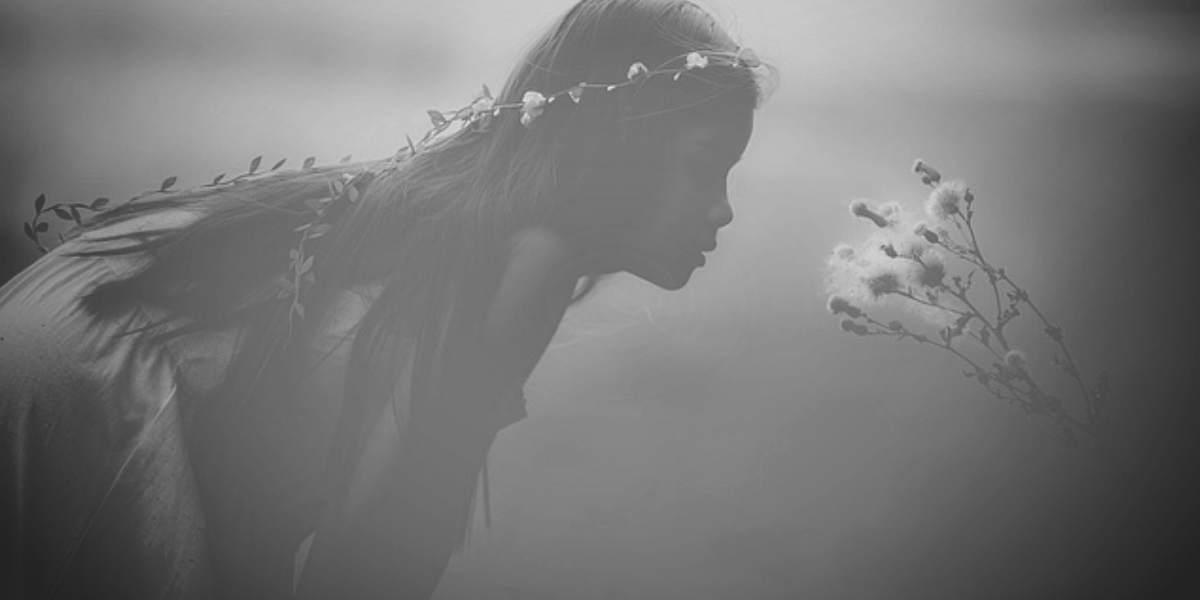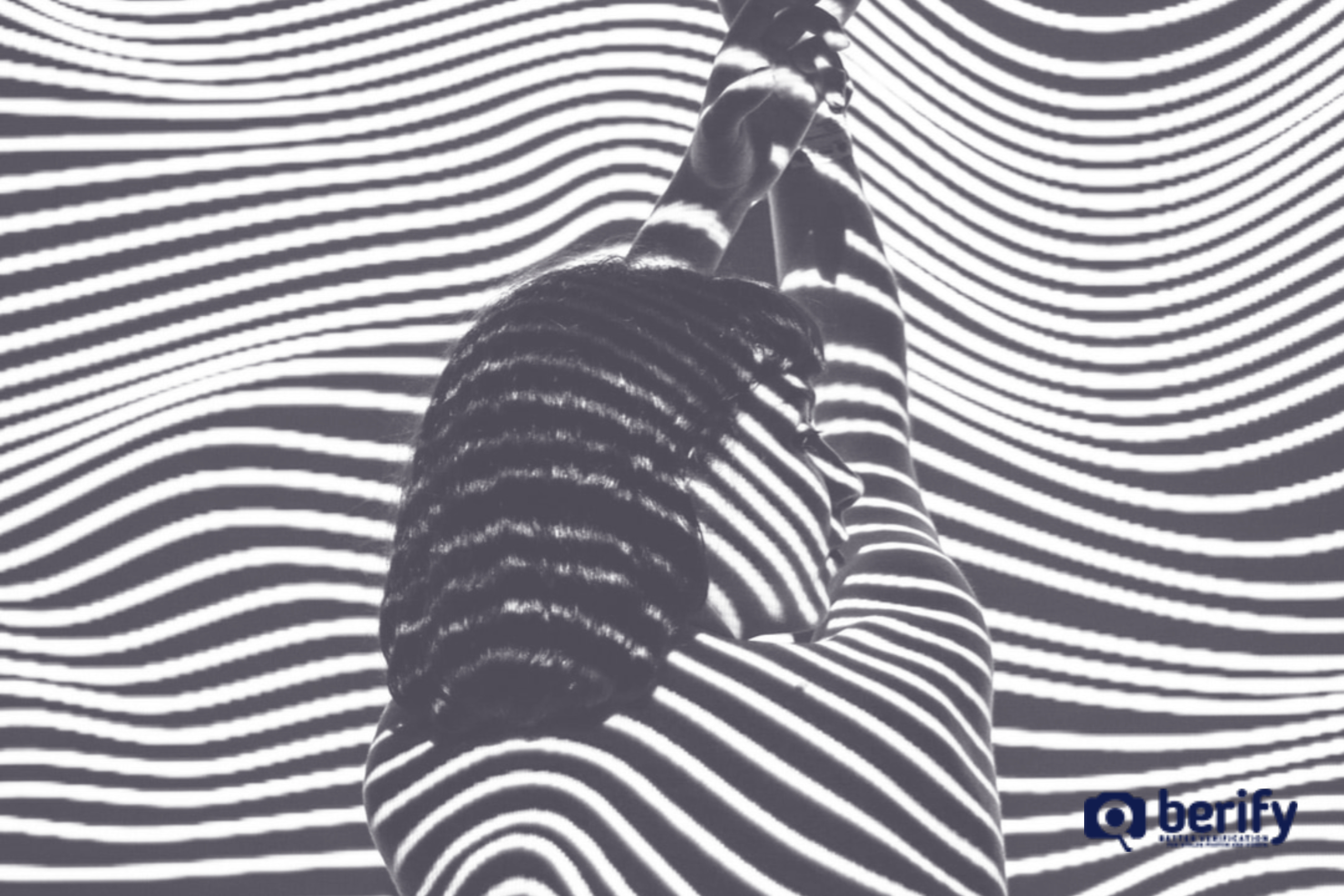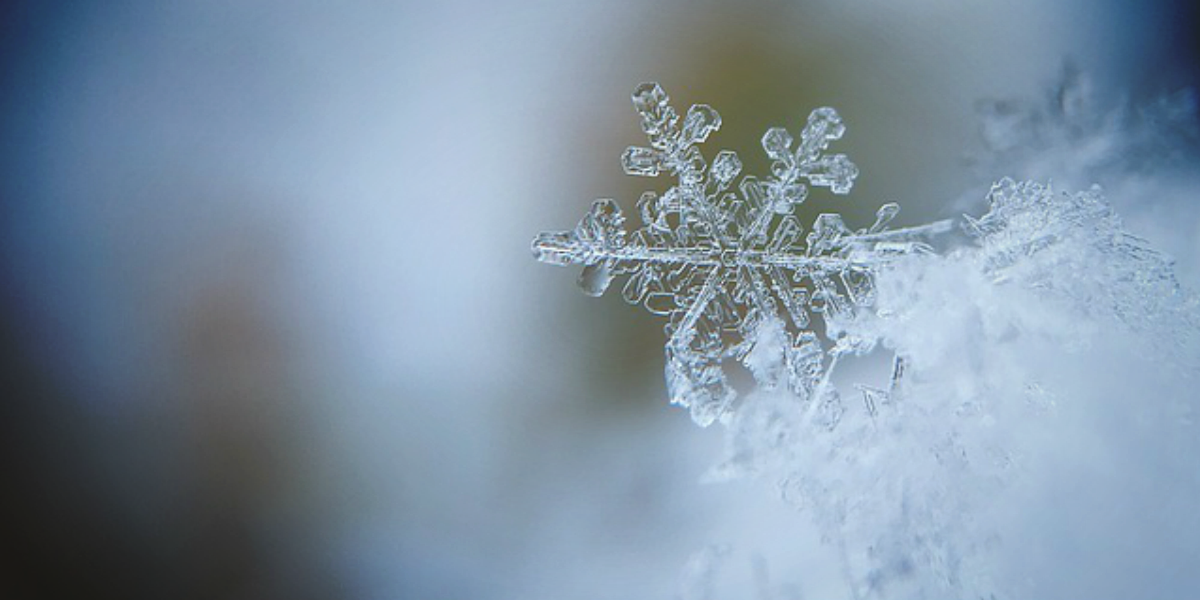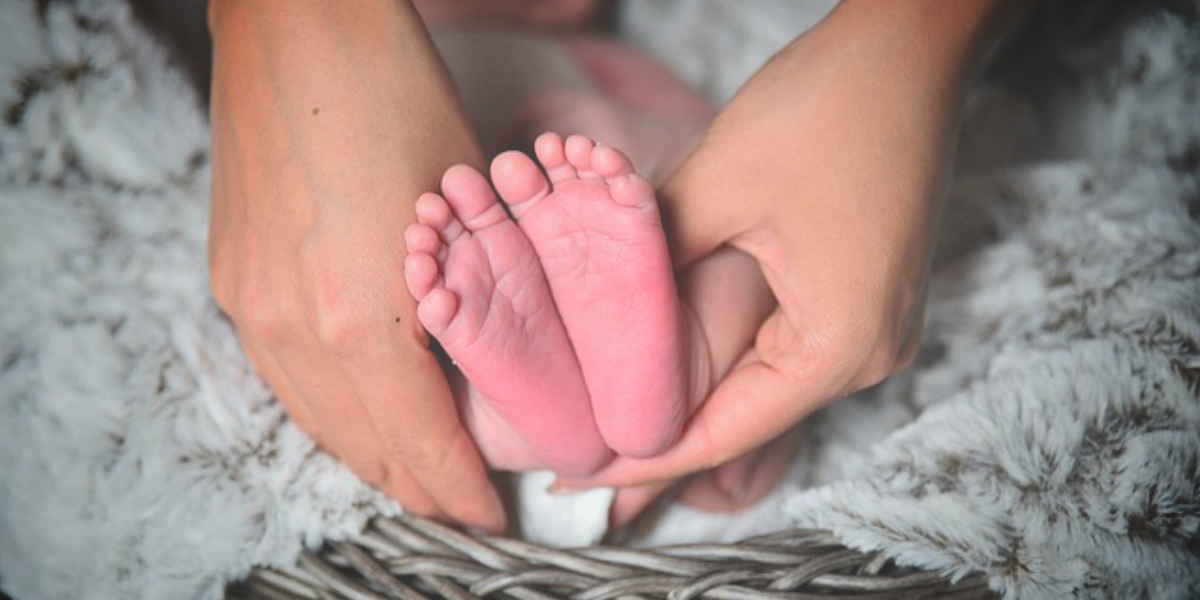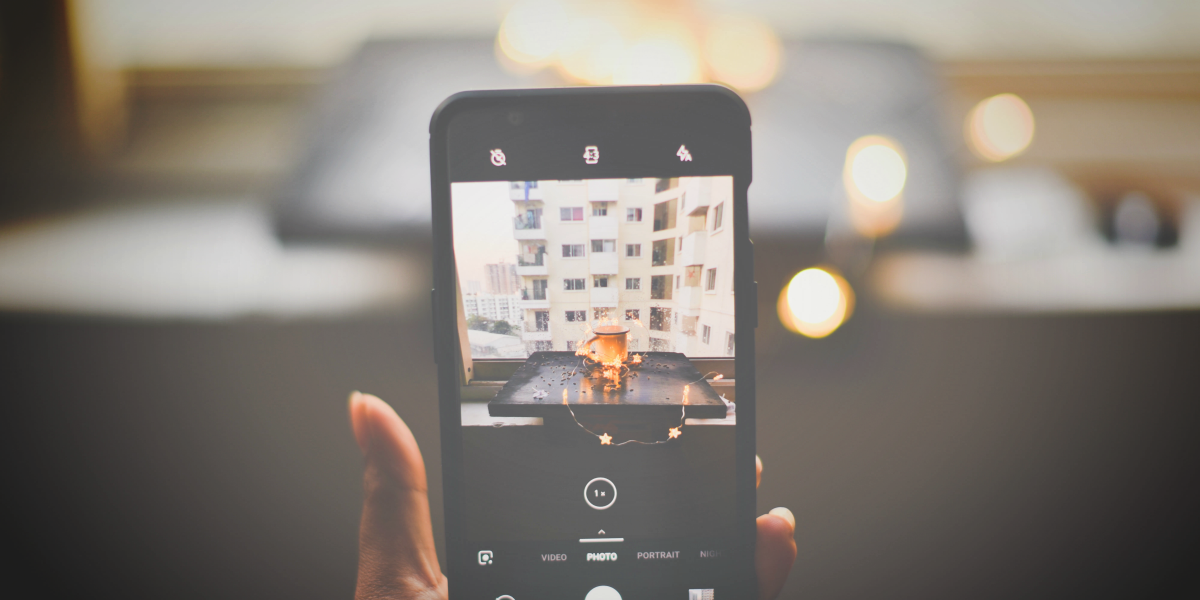Black and White Photography: Tips and Ideas for Beginners
While we are often encouraged to not see everything in black and white, when it comes to photography, black and white images can be inventive, stylish, and unforgettable. If you’re taking the plunge into black and white photography or want to fine-tune your craft, this is everything you need to know to keep your images fresh and fantastic – without the color of course.
What is Black and White Photography?
Black and white photography is a part of monochrome photography. This means that an image shows one hue with varying amounts of light. Monochromatic photography also includes sepia, cyan, and brown, while black and white photos allow shades of grey. The finished effect of B&W photography is often artistic, but also has its use in technical imaging and to showcase other aspects of the natural or contemporary world.
While black and white photography uses a grey scale, the images are still emotive and allow for interpretation from the viewer. B&W images are an additional way to see a subject. Historically, color photography has been considered more realistic because it shows the vibrancy of a subject and the background’s color.
Meanwhile, black and white images can be subtle and give the viewer a unique perspective desired by the photographer. These types of B&W photos might be monochromatic from the start or shot in color and changed to black and white (digitally toned).
As reported online by Photography Life famous B&W photographer Ansel Adams said:
I can get a far greater sense of ‘color’ through a well-planned and executed black and white image than I have ever achieved with color photography.
7 Black and White Photography Tips
Beware of Flat Light
For example, if a B&W image is taken for when someone is outside and surrounded by the sunlight and the shade of trees, the picture may look flat. One “fix” is to increase the contrast in hopes of highlighting the subject. This is particularly important if you are photographing a designated subject (personal, animal, plant).
Using Adobe Photoshop or a similar editing program can help you make these changes quickly. If you’re learning those types of programs, apps are a user-friendly start.
Be Instagram Ready
Instagram allows many photographers to share their work. The social media platform is photo-friendly and allows those who “follow” you to become more familiar with your work. However, who wants to take a great image and then be forced to crop it before sharing?
Instagram relies on square size and style for images. Instead, use your camera ratio and opt for an image with an Instagram ready square style format.
Tone
Your eyes see in color, while your black and white images will rely on tone. To create masterful black and white images, you have several options. While practice will gradually increase your ability to sense which shots, scenes, and subjects are best, other tools exist.
First, you can purchase sunglasses with a (dark) grey lens. This will be especially beneficial for outdoor shots. Another option is to buy a monochromatic (black and white) filter when shooting with film.
Ideas
While it is great to look at work by other B&W photographers, you’ll want to find your photographic eye and style. The best way to do this is to take as many images as possible in various settings.
While it’s okay to attempt similar shoots (without infringing on their copyright!) to those you admire, the hope is that you slowly branch out into your element and find your niche. When you do so, pay attention to lighting, subject, and composition.
Raw Format
New photographers often struggle when they shoot in raw format for their digital photographs, but if you want to have the ability to show a range of light and shadow, raw files are superior to a JPEG.
Don’t Forget Filters
Even though you’re shooting in black and white, filters have their place! Using a color filter on B&W images can allow for highlights, hue enhancement, and more. Even though you are shooting in B&W, Polarising, ND/GND and UV can still help your images.
Digital or Film
Digital images are popular, but many continue to use film. You can experiment with both and decide whether cost, time, or your skillset are a determining factor. Whichever direction you go, a high B&W image is a goal!
Have a B&W photo suggestion or a favorite filter? Let us know in the comments. Black and white images are often stunning, which increases their appeal for online thieves. Are you concerned about your hard work being taken after you share or post a picture?
Photo theft occurs when bloggers use a photograph without consent. Other times, a business will edit or share a photo you created and neglect to give you photo credit. Some photographers discover an Instagram account using their image without consent or a photographer who has stolen their work as their own! No one will protect your work except you.
If you want to keep your images safe from online image thieves, Berify has the tools to track stolen images across the web. Stop thieves in their track and get paid and credited for your work.
